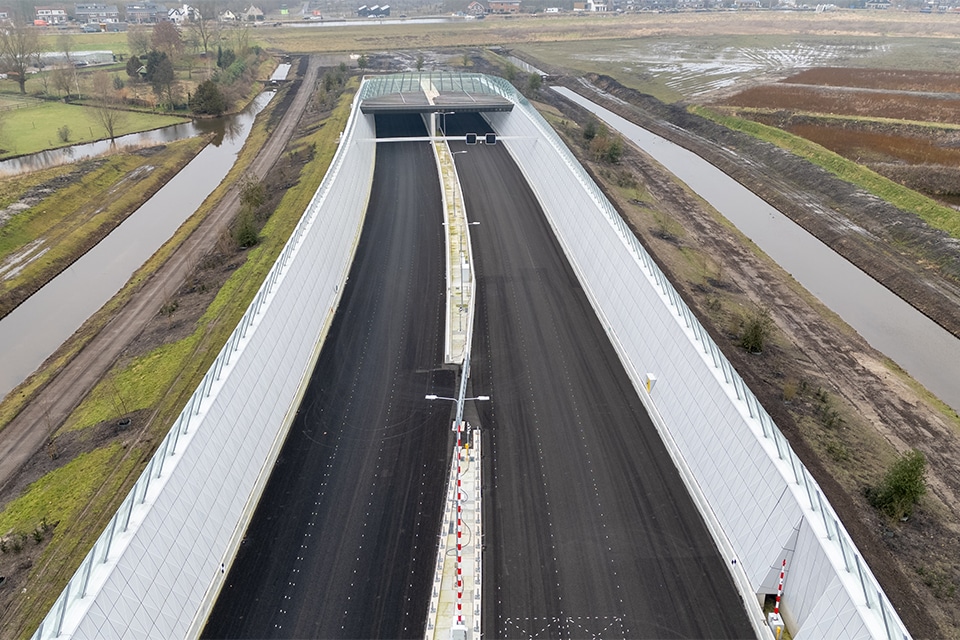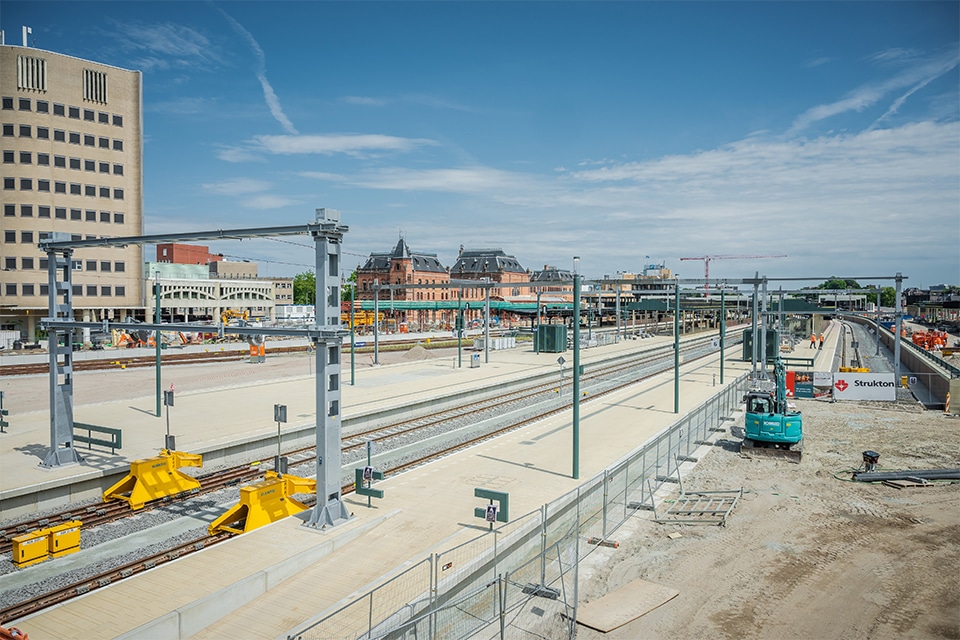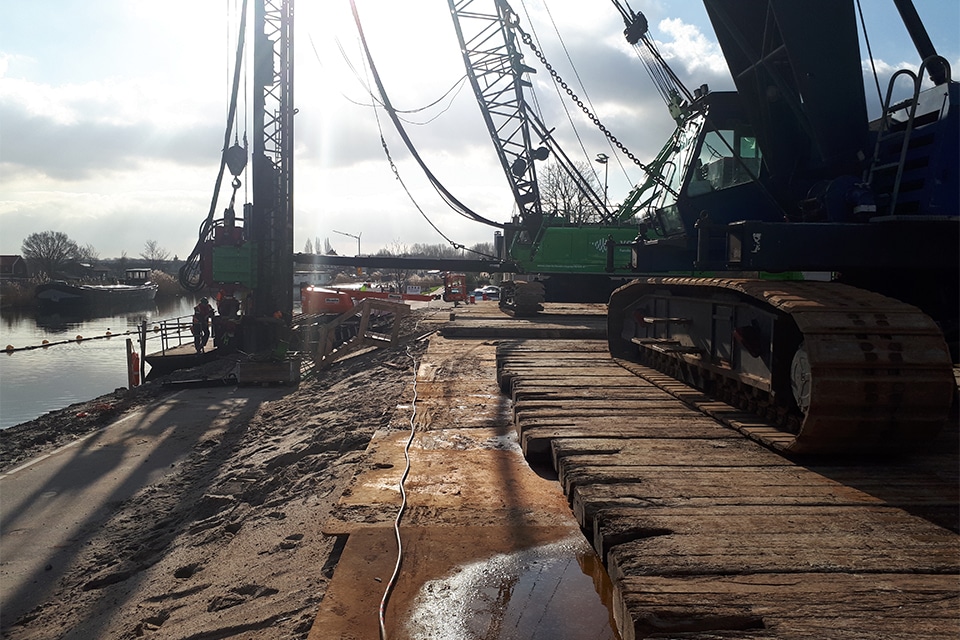
Theemswegtracé, Rotterdam | Foundation is permanent learning
Driving along the Thames Road gives a nice impression of the scale of the new alignment. The pillars on which the kilometer-long railroad viaduct will rest are neatly lined up in various stages of construction. Over a hundred of them will be there in a few months, all equipped with solid foundations. And that is only part of the job that Franki Grondtechnieken and Voorbij Funderingstechniek have jointly undertaken in Funderingscombinatie FCVF.
Jan Wim Verhoeff, director of Franki Grondtechnieken, explains: "With a job of this scale, you have to deploy so many people and equipment that the impact on operations becomes too great. That's why we like to work with a partner that eases the workload. We are also currently working as a combination for the Groene Boog, the new freeway above Rotterdam. Voorbij also has specializations in piling with precast piles and sheet pile structures, while we deal mainly with vibration-free techniques. Both are needed on this work, so we also work complementarily."

Vibration-free work on the Thames Road.
Efficient process
On the Thamesweg, a crew is successively making the pillar foundations for the substructure of the viaduct. Verhoeff: "The track runs right past a series of companies, which is why we are working here completely vibration-free with soil displacement screw piles. The process is designed as efficiently as possible: the tube is brought to depth with a drilling rig, then the auxiliary crane lowers the thirty-meter-long reinforcement into the tube with a hoisting boom. Concrete is then immediately poured and at the same time the screw pipe is pulled out. After that, it's a matter of curing, excavating, cutting heads, making poer and pouring viaduct columns."
Greater
"We use the same technique for the foundation of the bridge abutments at the Thomas Tunnel and the Rozenburg Lock. For each bridge abutment, we make a field of 64 piles that we drill in strips. The execution sequence is essential in such a dense field because the soil you displace must be able to leave. If you lock up a pile, it really won't go back in or want to come out." Experience has taught them that. But Franki's experienced rockers also learn every day. Verhoeff: "On this job, sixty percent of the piles are larger than the usual 540/670: the tube itself is 711 millimeters, the drill head 850. However, you do ask more of your technique, and the risk of losing a drill pipe certainly increases. For us, that is part of the learning process. We keep developing continuously, at Franki we value that a lot."



